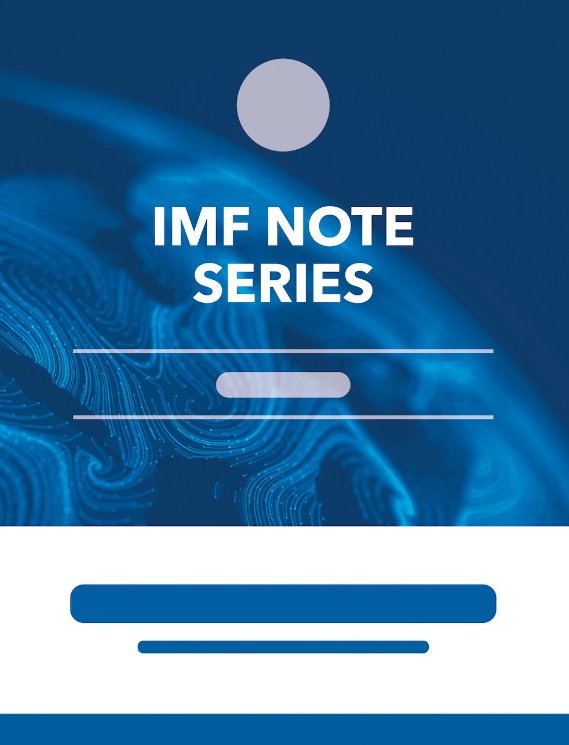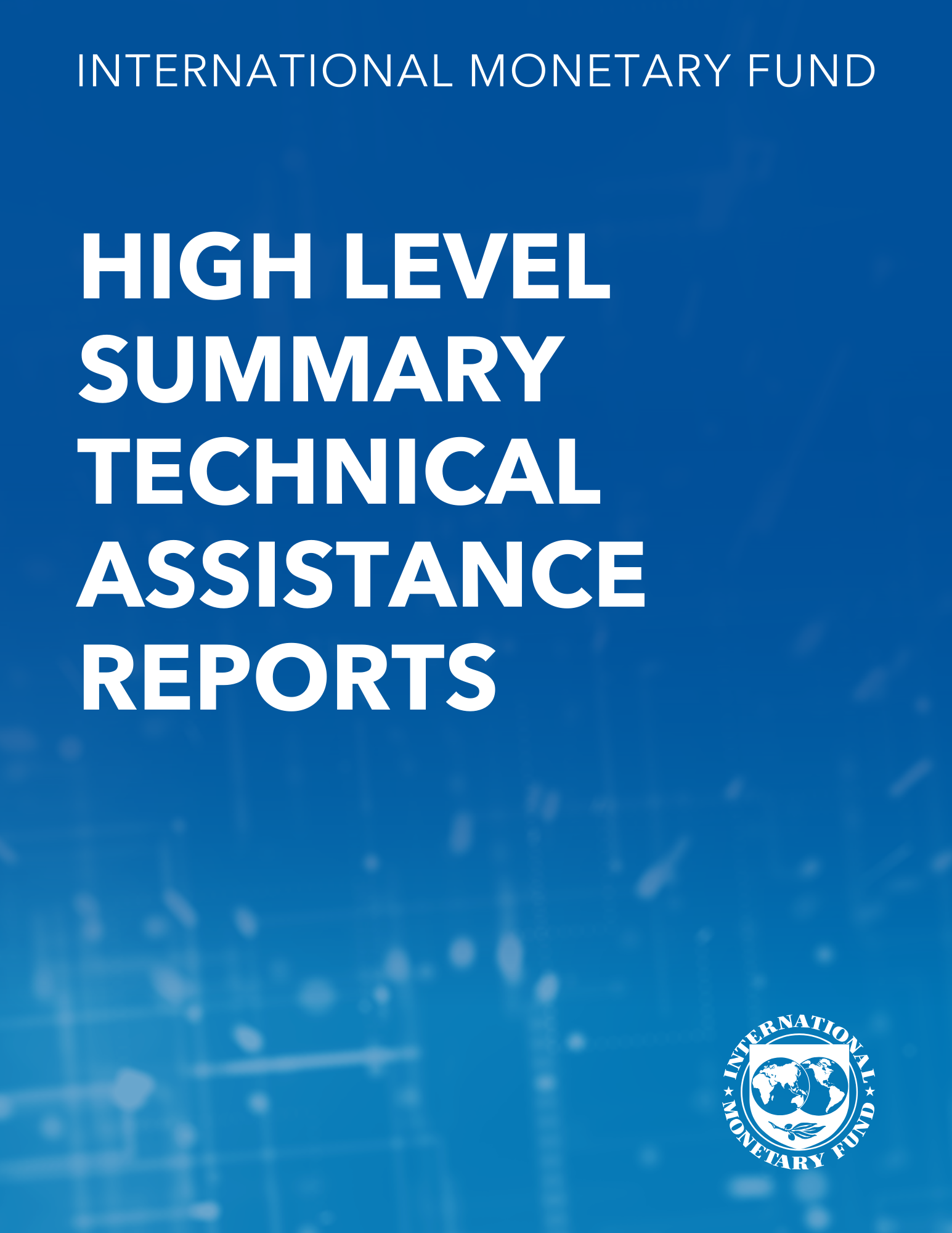The Use of Financial Spreads As Indicator Variables: Evidence for the U.K. and Germany
March 1, 1994
Disclaimer: This Working Paper should not be reported as representing the views of the IMF.The views expressed in this Working Paper are those of the author(s) and do not necessarily represent those of the IMF or IMF policy. Working Papers describe research in progress by the author(s) and are published to elicit comments and to further debate
Summary
There has been growing interest in the use of financial spreads as advance indicators of real activity and inflation. Empirical evidence is marshalled on a range of spreads when these are used in vector autoregressive models of the UK and German economies. It is found that they do have significant information, even after allowing for the effects of other influences upon macro-economic activity.
Subject: Econometric analysis, Financial institutions, Financial services, Foreign exchange, Inflation, Prices, Real exchange rates, Sovereign bonds, Vector error correction models, Yield curve
Keywords: bond yield, dividend yield, financial asset, financial spread, GDP deflator, government bond bond yield, Inflation, Real exchange rates, Sovereign bonds, spread, spreads model, transmission mechanism, Vector error correction models, WP, yield, Yield curve, yield curve differential
Pages:
28
Volume:
1994
DOI:
Issue:
031
Series:
Working Paper No. 1994/031
Stock No:
WPIEA0311994
ISBN:
9781451844986
ISSN:
1018-5941
Notes
Also published in Staff Papers, Vol. 41, No. 3, September 1994.






